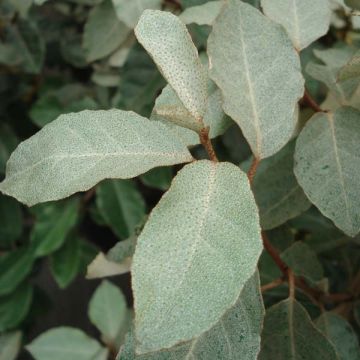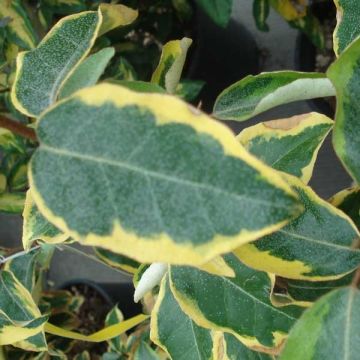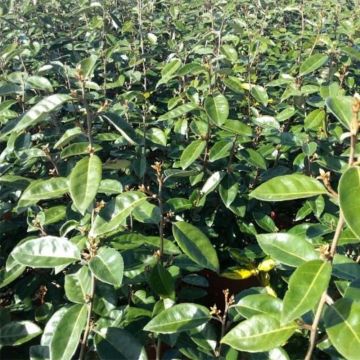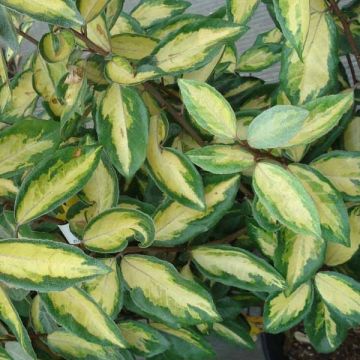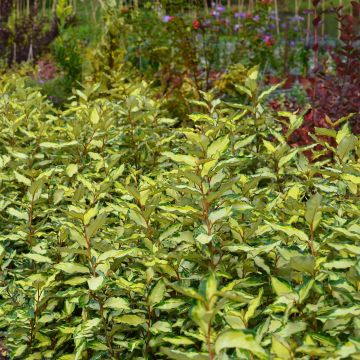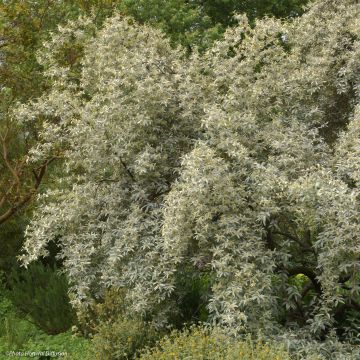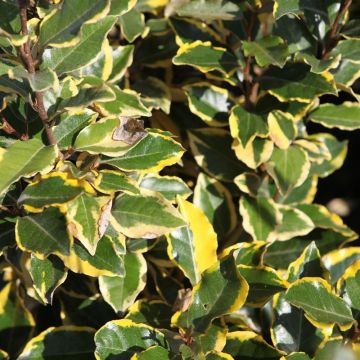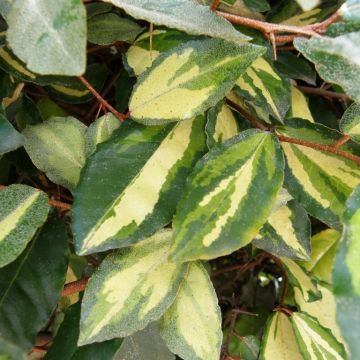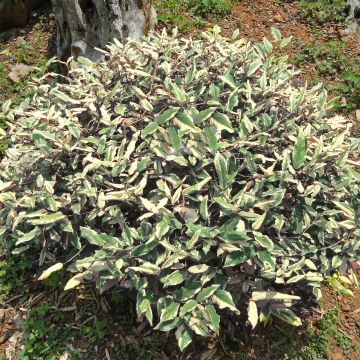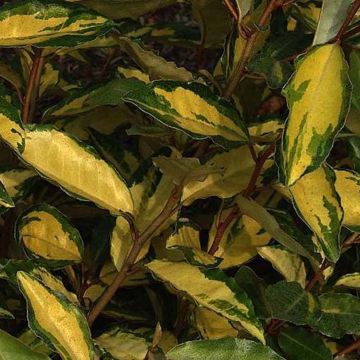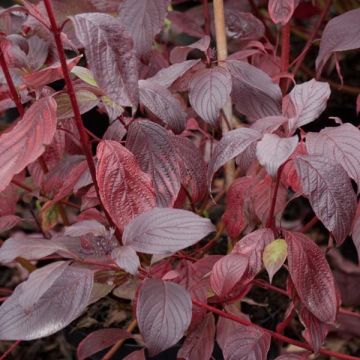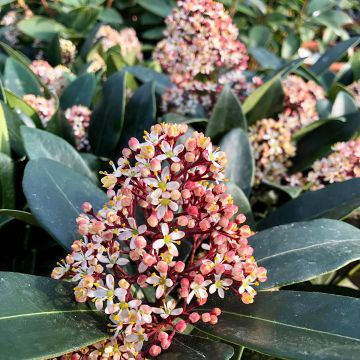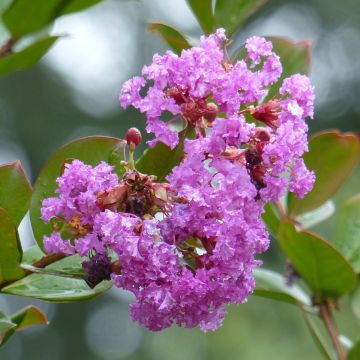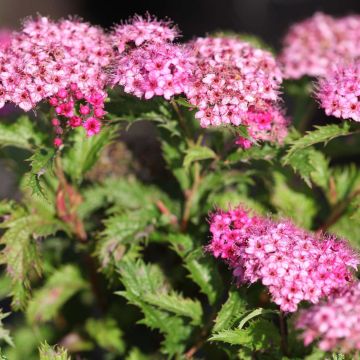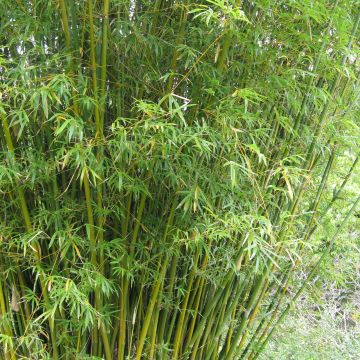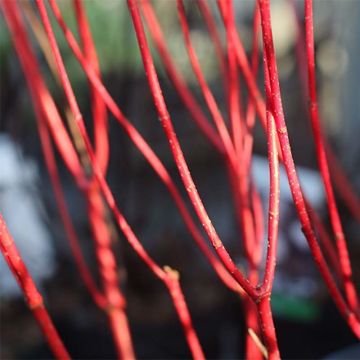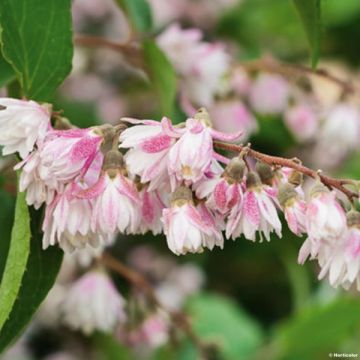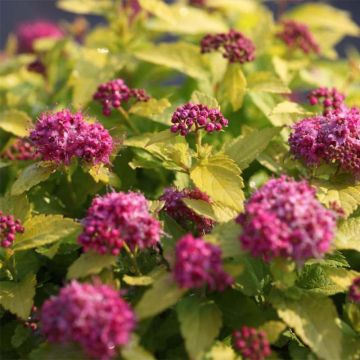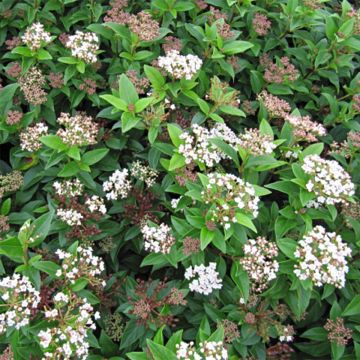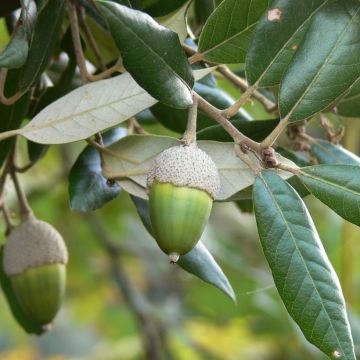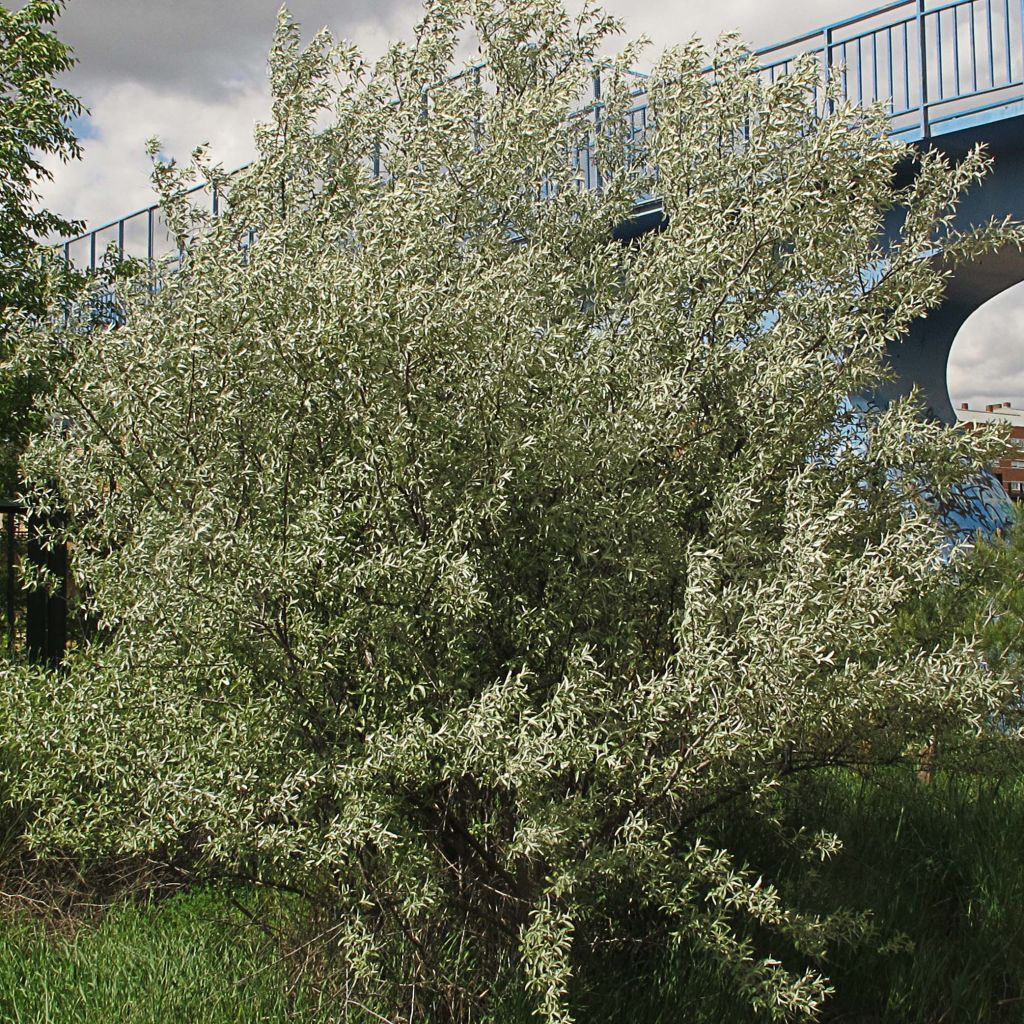

Elaeagnus angustifolia - Russian Olive
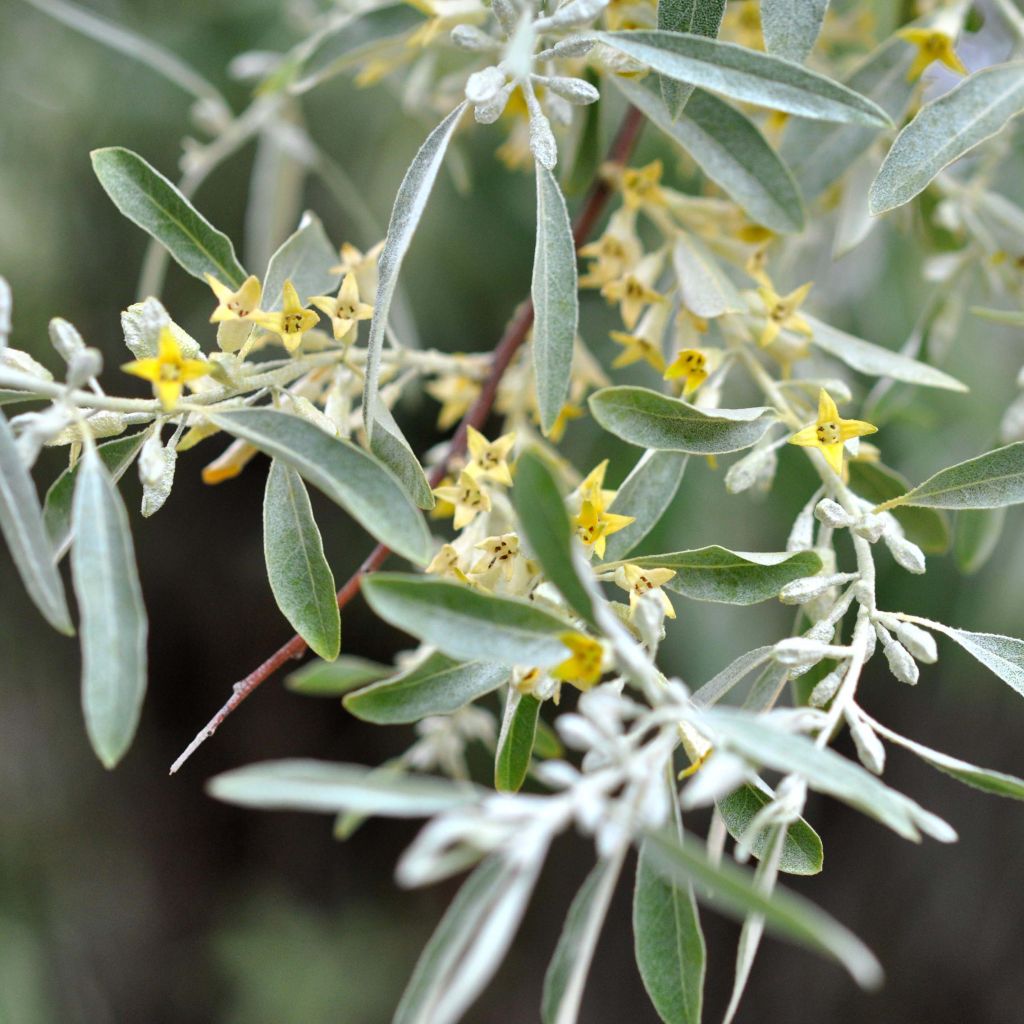

Elaeagnus angustifolia - Russian Olive
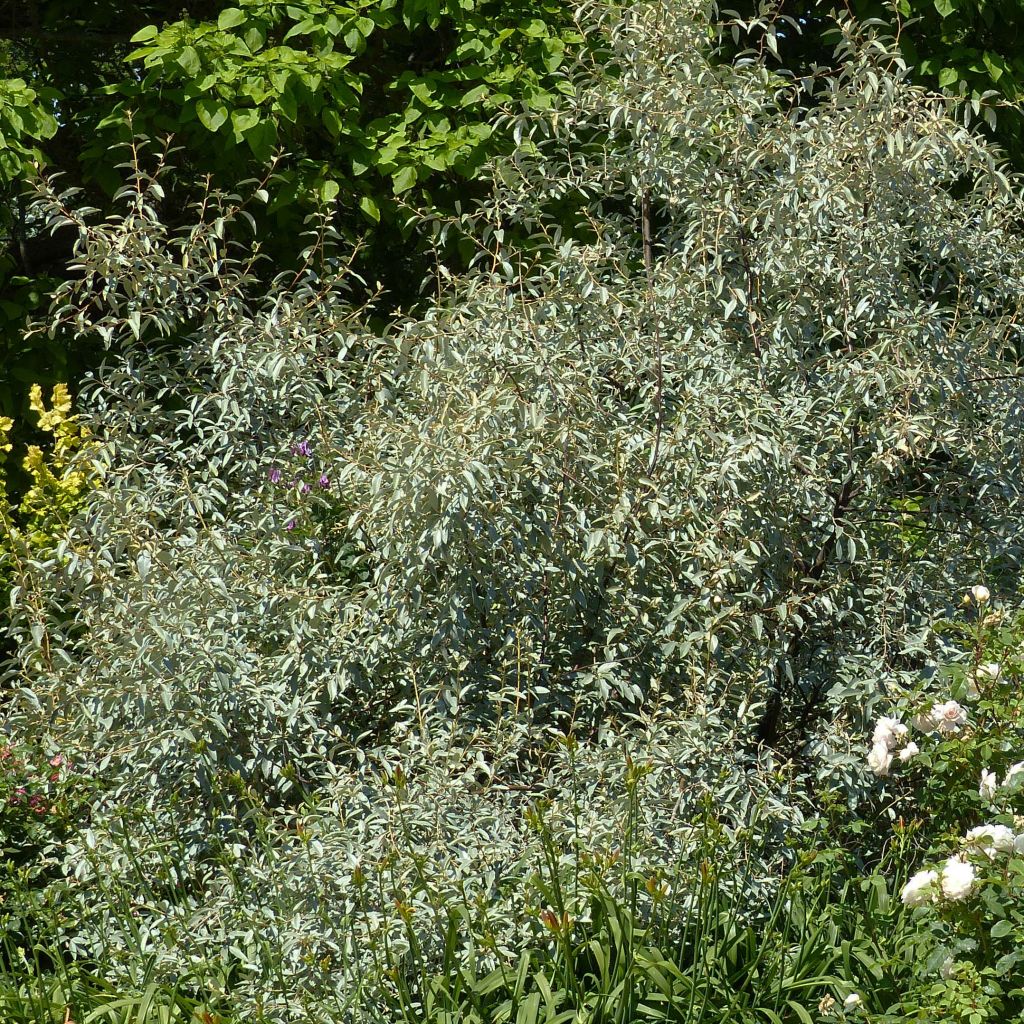

Elaeagnus angustifolia - Russian Olive
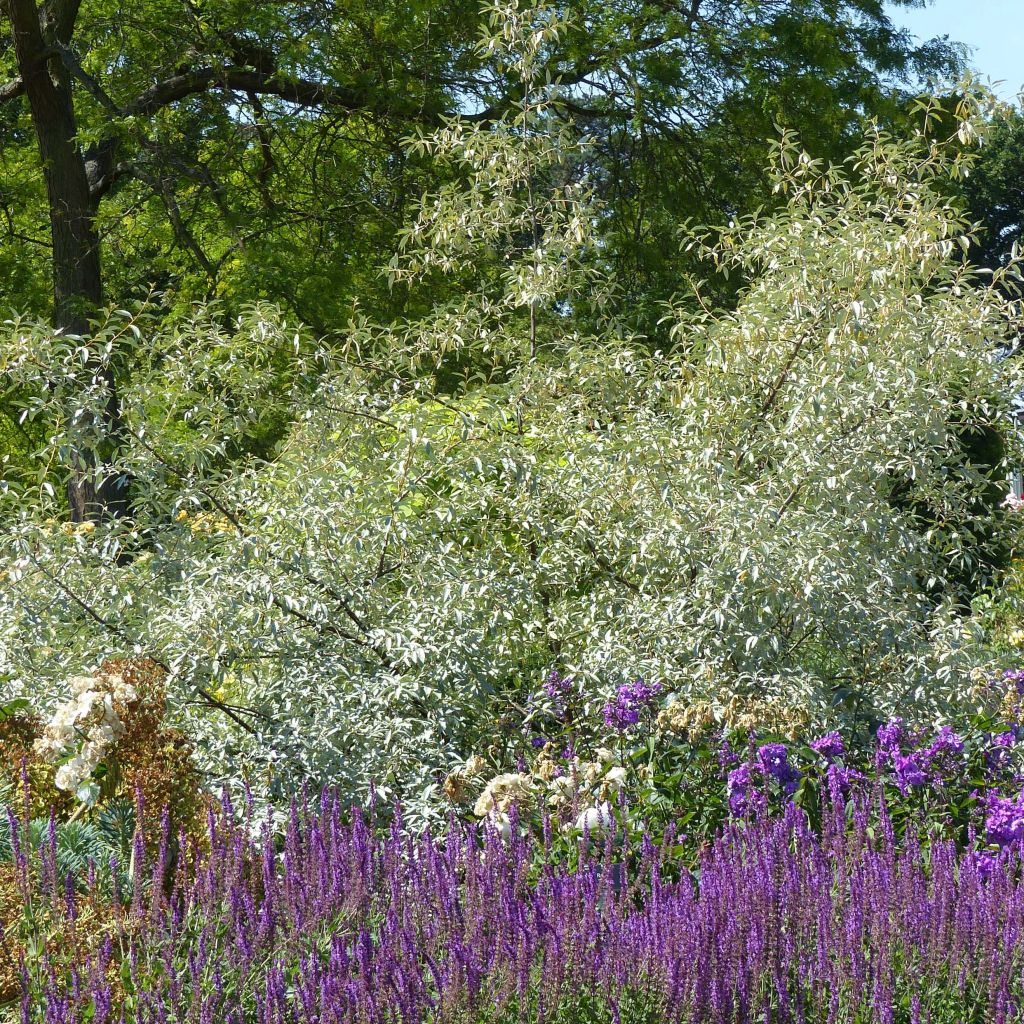

Elaeagnus angustifolia - Russian Olive
Elaeagnus angustifolia - Russian Olive
Elaeagnus angustifolia
Wild Olive, Russian Olive
I received this item in very bad condition due to transportation. The base of the plant had been scraped for about ten centimeters (thin bark removed). There were 2 pots in the box, the top pot had moved significantly, likely due to the carrier, the box was more or less torn, and therefore damaged the Eleagnus pot underneath. I am waiting to see the return process to decide whether to request a replacement or not.
Jean louis, 23/01/2025
This item cannot be shipped to the selected country
Delivery charge from €5.90
Oversize package delivery charge from €6.90
Delivery charge from €5.90
Delivery to Corse prohibited
More information
Schedule delivery date,
and select date in basket
This plant carries a 24 months recovery warranty
More information
We guarantee the quality of our plants for a full growing cycle, and will replace at our expense any plant that fails to recover under normal climatic and planting conditions.
From €5.90 for pickup delivery and €6.90 for home delivery
Express home delivery from €8.90.
Oversize package: home delivery by special carrier from €6.90 per order..
Express home delivery from €8.90.
From €5.90 for pickup delivery and €6.90 for home delivery
Express home delivery from €8.90.
Delivery to Corse prohibited: UE law prohibits the import of this plant from mainland France to Corse as part of the fight against Xylella fastidiosa. Please accept our sincere apologies.
More information

Does this plant fit my garden?
Set up your Plantfit profile →
Description
Elaeagnus angustifolia, also known as Narrow-leaved Oleaster, is also evocatively called the Bohemian Olive due to its resemblance to the famous Mediterranean tree. While they share a certain similarity in the appearance of their foliage and their dense habit, these two plants are extremely different. Our Narrow-leaved Oleaster has thorny branches, rapid growth, spreads through suckers, and quickly forms a voluminous bush. Its foliage is deciduous, and its cold resistance is absolutely remarkable. Buffeted by the wind, its velvety foliage with a grey-silver underside plays beautifully with light. Its flowering is abundant but discreet, and reveals a honey fragrance that is perceptible from several metres away. Widely used in windbreak or defensive hedges, it is a powerful plant, with an indefinable charm, both untamed and elegant.
The Narrow-leaved Oleaster, also called Silver Tree, Paradise Tree, or Narrow-leaved Elaeagnus depending on the region, is a large deciduous shrub of the Elaeagnaceae family, native to central and western Asia as well as southern Europe. In nature, it grows spontaneously near water, in floodplains, but also in the bed of dried-up watercourses, at altitudes below 2000 m (6561 ft). It shows rapid growth, and forms a ramified shrub, with a wide but flexible habit, reaching over 5 m (16 ft) in height and 4 m (13 ft) in width. The slightly suckering stump extends laterally through sucker production. Its deciduous foliage persists for a long time before falling. It consists of entire, lanceolate, narrow leaves, 3 cm to 5 cm (1.2 in to 2 in) long, with a green almond to grey colour on the upper side, and a lighter silver on the underside. They are carried by branches covered with silver or reddish scales when young. Over the months, the scales fall off, revealing a shiny, reddish-brown bark. As it ages, the bark takes on a more greyish hue and a striated appearance. Branches and twigs are equipped with strong, sharp thorns, 0.8 cm to 3 cm (0.3 in to 1.2 in) long. The small, yellow to cream flowers, are quite insignificant, and appear at the axils of the leaves, usually in late spring. They are deliciously fragrant, very honey-bearing and nectar-rich. They give way to the formation of small fruits resembling small, beautiful orange-brown olives. The fruit is edible and sweet but dry and somewhat mealy. The root system of this shrub is taprooted, with many vigorous lateral roots.
A bush of Elaeagnus angustifolia stands out from afar, due to the clarity and lunar brilliance of its shimmering foliage. Its vigour, resistance, and great adaptability make it an excellent defensive or windbreak hedge plant, capable of growing in difficult conditions, in full wind and in poor soil. It is valuable in a seaside garden or a dry garden in windy regions. It can be very well used in a mixed hedge, alongside other beautiful shrubs such as Abelia x grandiflora, Arbutus unedo, Amelanchier ovalis, Buddleia alternifolia 'Argentea', or even Hippophae rhamnoides and Citrus trifoliata. In spring, its flowering is capable of perfuming a whole area of the garden!
Report an error about the product description
Elaeagnus angustifolia - Russian Olive in pictures
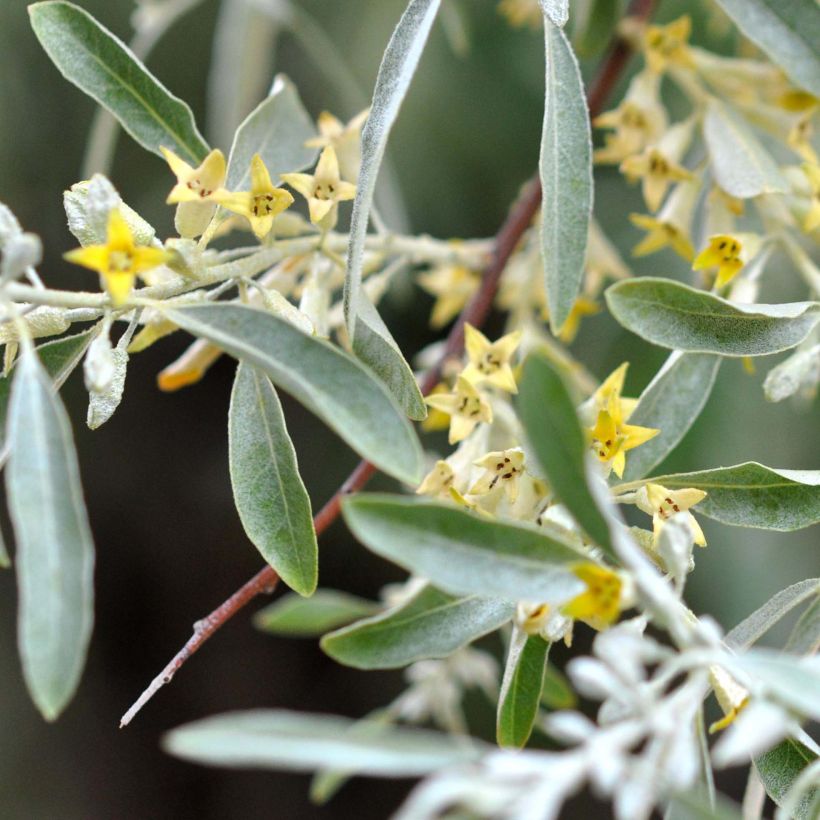

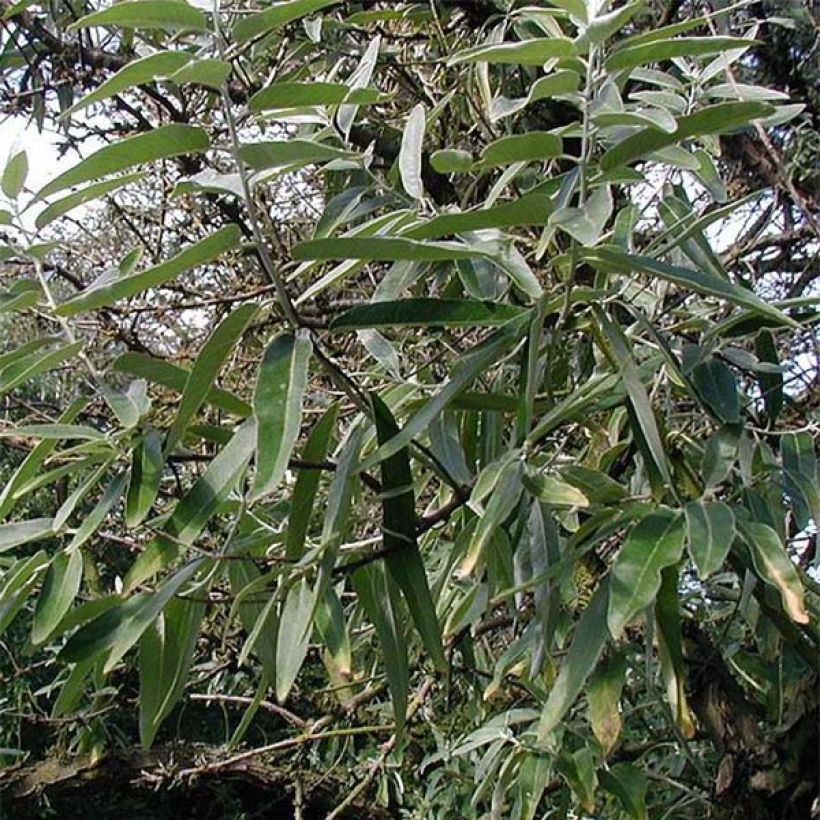

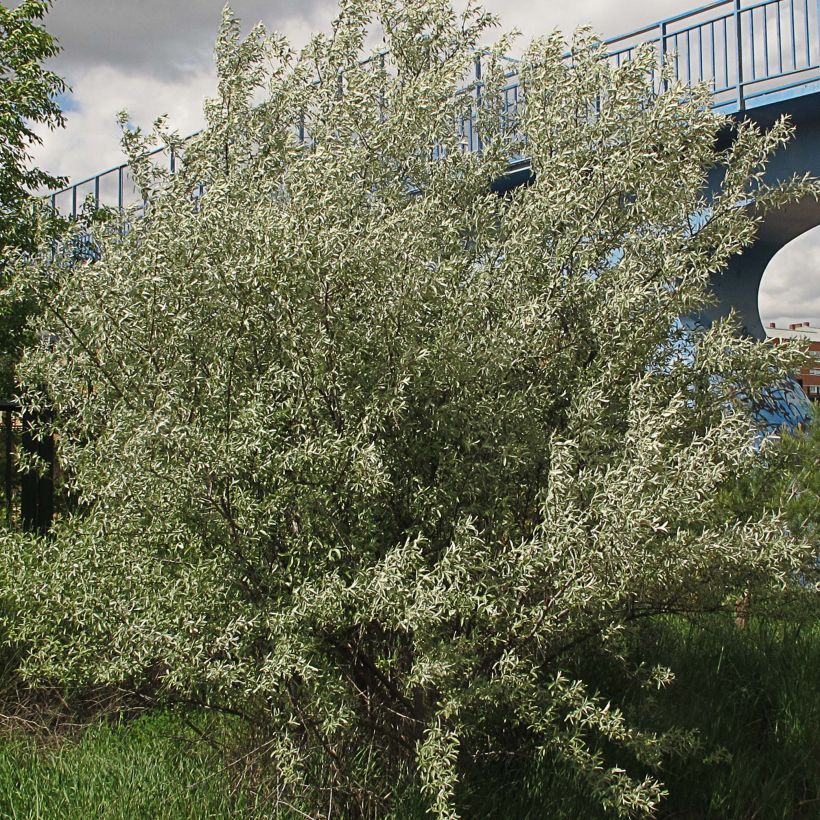

Plant habit
Flowering
Foliage
Botanical data
Elaeagnus
angustifolia
Elaeagnaceae
Wild Olive, Russian Olive
Central Asia
Other Elaeagnus - Oleaster
Planting and care
Plant in any soil, as long as it is loose and well-worked, and well-drained. It can even tolerate calcareous soil. However, it can become chlorotic on shallow chalky soil. Once well established, it will completely do without watering, even in hot and dry regions. It will thrive in partial shade (in warm climates) or in the sun, even in windy conditions. In the first few years, practice light training pruning at the end of winter, being careful of the thorns. Afterwards, just maintain its shape, at the end of winter. Be careful not to dig too close to the stump, in order to protect the shoots that allow this large bush to quickly fill out.
Planting period
Intended location
Care
-
, onOrder confirmed
Reply from on Promesse de fleurs
Hedge shrubs
Haven't found what you were looking for?
Hardiness is the lowest winter temperature a plant can endure without suffering serious damage or even dying. However, hardiness is affected by location (a sheltered area, such as a patio), protection (winter cover) and soil type (hardiness is improved by well-drained soil).

Photo Sharing Terms & Conditions
In order to encourage gardeners to interact and share their experiences, Promesse de fleurs offers various media enabling content to be uploaded onto its Site - in particular via the ‘Photo sharing’ module.
The User agrees to refrain from:
- Posting any content that is illegal, prejudicial, insulting, racist, inciteful to hatred, revisionist, contrary to public decency, that infringes on privacy or on the privacy rights of third parties, in particular the publicity rights of persons and goods, intellectual property rights, or the right to privacy.
- Submitting content on behalf of a third party;
- Impersonate the identity of a third party and/or publish any personal information about a third party;
In general, the User undertakes to refrain from any unethical behaviour.
All Content (in particular text, comments, files, images, photos, videos, creative works, etc.), which may be subject to property or intellectual property rights, image or other private rights, shall remain the property of the User, subject to the limited rights granted by the terms of the licence granted by Promesse de fleurs as stated below. Users are at liberty to publish or not to publish such Content on the Site, notably via the ‘Photo Sharing’ facility, and accept that this Content shall be made public and freely accessible, notably on the Internet.
Users further acknowledge, undertake to have ,and guarantee that they hold all necessary rights and permissions to publish such material on the Site, in particular with regard to the legislation in force pertaining to any privacy, property, intellectual property, image, or contractual rights, or rights of any other nature. By publishing such Content on the Site, Users acknowledge accepting full liability as publishers of the Content within the meaning of the law, and grant Promesse de fleurs, free of charge, an inclusive, worldwide licence for the said Content for the entire duration of its publication, including all reproduction, representation, up/downloading, displaying, performing, transmission, and storage rights.
Users also grant permission for their name to be linked to the Content and accept that this link may not always be made available.
By engaging in posting material, Users consent to their Content becoming automatically accessible on the Internet, in particular on other sites and/or blogs and/or web pages of the Promesse de fleurs site, including in particular social pages and the Promesse de fleurs catalogue.
Users may secure the removal of entrusted content free of charge by issuing a simple request via our contact form.
The flowering period indicated on our website applies to countries and regions located in USDA zone 8 (France, the United Kingdom, Ireland, the Netherlands, etc.)
It will vary according to where you live:
- In zones 9 to 10 (Italy, Spain, Greece, etc.), flowering will occur about 2 to 4 weeks earlier.
- In zones 6 to 7 (Germany, Poland, Slovenia, and lower mountainous regions), flowering will be delayed by 2 to 3 weeks.
- In zone 5 (Central Europe, Scandinavia), blooming will be delayed by 3 to 5 weeks.
In temperate climates, pruning of spring-flowering shrubs (forsythia, spireas, etc.) should be done just after flowering.
Pruning of summer-flowering shrubs (Indian Lilac, Perovskia, etc.) can be done in winter or spring.
In cold regions as well as with frost-sensitive plants, avoid pruning too early when severe frosts may still occur.
The planting period indicated on our website applies to countries and regions located in USDA zone 8 (France, United Kingdom, Ireland, Netherlands).
It will vary according to where you live:
- In Mediterranean zones (Marseille, Madrid, Milan, etc.), autumn and winter are the best planting periods.
- In continental zones (Strasbourg, Munich, Vienna, etc.), delay planting by 2 to 3 weeks in spring and bring it forward by 2 to 4 weeks in autumn.
- In mountainous regions (the Alps, Pyrenees, Carpathians, etc.), it is best to plant in late spring (May-June) or late summer (August-September).
The harvesting period indicated on our website applies to countries and regions in USDA zone 8 (France, England, Ireland, the Netherlands).
In colder areas (Scandinavia, Poland, Austria...) fruit and vegetable harvests are likely to be delayed by 3-4 weeks.
In warmer areas (Italy, Spain, Greece, etc.), harvesting will probably take place earlier, depending on weather conditions.
The sowing periods indicated on our website apply to countries and regions within USDA Zone 8 (France, UK, Ireland, Netherlands).
In colder areas (Scandinavia, Poland, Austria...), delay any outdoor sowing by 3-4 weeks, or sow under glass.
In warmer climes (Italy, Spain, Greece, etc.), bring outdoor sowing forward by a few weeks.

































